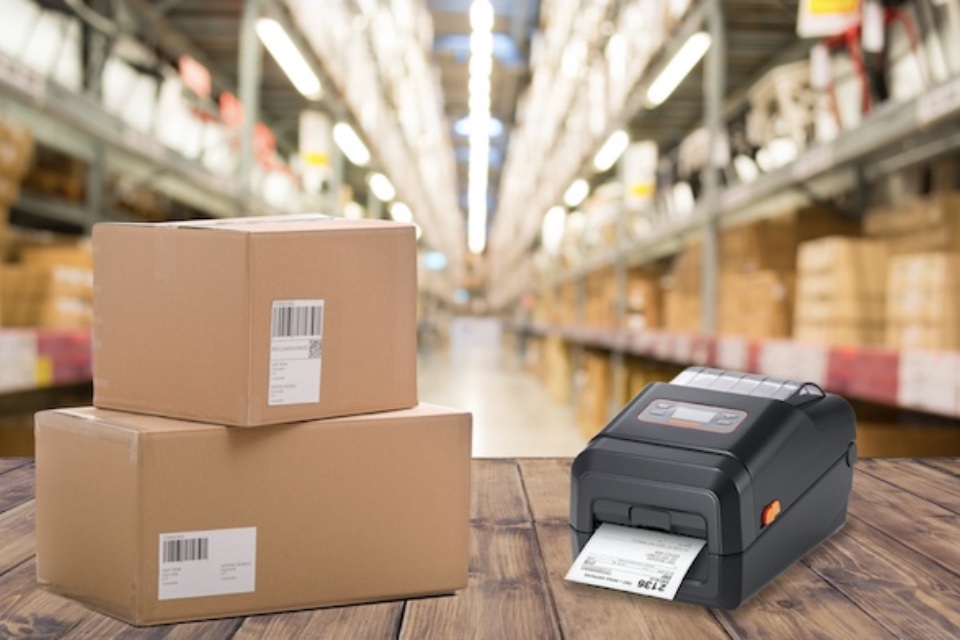NTT Data’s Third-Party Logistics Study has highlighted intense pressures and new demands on the supply chain.
The study, carried out in conjunction with Pennsylvania State University’s Dr. C. John Langley, clinical professor, supply chain information systems and director of development, Center for Supply Chain Research at Smeal College of Business focuses on several areas: the current state of the Third Party Logistics (3PL) market; Environmental, Social and Governance (ESG); the intelligent supply chain; the cold chain; and revisiting effects of COVID-19.
The 2022 3PL Study findings include:
- Pandemic puts supply chain center stage. The pandemic placed a spotlight on supply chains in a manner never seen before, as the downsides of just-in-time inventory, and the frustrations felt when raw materials and finished goods failed to arrive on time (or not even made available for purchase), were very much noticed by the consumer. The worsening effects of the truck driver shortage played a role as well. Recent supply chain challenges have accelerated the adoption of technology and further demonstrated the need for visibility. 3PL providers were able to pivot resources to those industries that surged, to offset manufacturing shutdowns. Contingency planning also received more attention.
- Supply chains face intense pressure, planning needs, and ongoing labor challenges. The pandemic either exposed or strengthened contingency planning and risk mitigation strategies across the world, as consumers needed vital supplies and foods delivered to brick-and-mortar locations or to their homes. The areas companies (shippers) stated were most impacted by the pandemic included: International transportation and logistics (43%); sourcing and procurement (30%) and manufacturing (24%). The 3PLs listed their top areas: Labor and workforce management (33%); manufacturing (24%); and international transportation and logistics (23%). Interestingly, 68% of shippers believe that their supply chains have become too global and must be rebalanced towards more regional and local ecosystems within larger global enterprises. About 83% of these market-leading companies stated they plan to adjust sources of supply as a direct result.
- ESG is a growing priority for supply chain leaders. The study indicated that among corporations 59% had a formal environmental, social and governance (ESG) program; of those, 51% of their supply chains utilized an ESG program. Among 3PLs, only 45% noted that their organizations featured an established ESG offering. Both shippers and 3PLs indicated that cost was a factor in establishing a program. Key reasons for creating or enhancing an ESG program included: Consumer trends and preferences; environment and climate impacts; diversity, equity and inclusion; social contribution and responsibility; and laws, policies and regulations.
- Tech and robotics driving smarter, more agile supply chains. At the forefront is 5G, real-time data transmission, Internet of Things, and data analytics. More than half of shippers (52%) and 3PLs (63%) stated that 5G technology is either moderately or critically important. The majority of 3PLs (53%) reported that they can provide real-time data to clients in 50% or more of their supply chain services. About 63% of 3PLs stated they are investing in Internet of Things technology to improve workforce productivity; real-time decision making and create a competitive differentiator. Cloud technology gets most used in transportation management systems followed by warehouse management systems. The top technologies that 3PLs are investing in are in robotics: High-dense storage pickers and palletizers (38%), autonomous forklifts (35%) and wearables (35%). Shippers are centering efforts on intelligent data analytics (26%), robotics (20%) and autonomous forklifts (20%).
- Need for cold chain strategies and support heat up. Companies are using a mix of in-house and outsourced programs within their cold chains. A comprehensive cold chain strategy is a contributor to the success of medicines and foods transportation, with 89% of shippers reporting they have a strong program. For 3PLs, the most important cold chain services are a range of temperatures (refrigeration to deep freeze), active temperature monitoring and product traceability. Shippers (62%) ranked proper handling as the greatest challenge to operating a cold chain, as compared to only 25% of 3PLs. Top cold chain challenges for shippers are: Proper handling; regulatory compliance; recruiting skilled labor; proper last-mile handling; and product packaging. For 3PLs this list is: Infrastructure investments; temperature monitoring; tech investment and maintenance; recruiting skilled labor; and proper truck transportation.
The full 2022 edition is accessible at www.3PLStudy.com and is part of an in-person session at the Council of Supply Chain Management Professionals (CSCMP) EDGE conference in Atlanta.
“We are delighted to be part of this long-running and significant study to provide a view of what is happening in today’s global marketplace,” said Sylvie Thompson, vice president, consulting and supply chain practice, NTT DATA Services. “As the world has rapidly shifted, investments in technology, infrastructure, transportation and recruiting are all key to the success of improving the supply chain of the future.”







